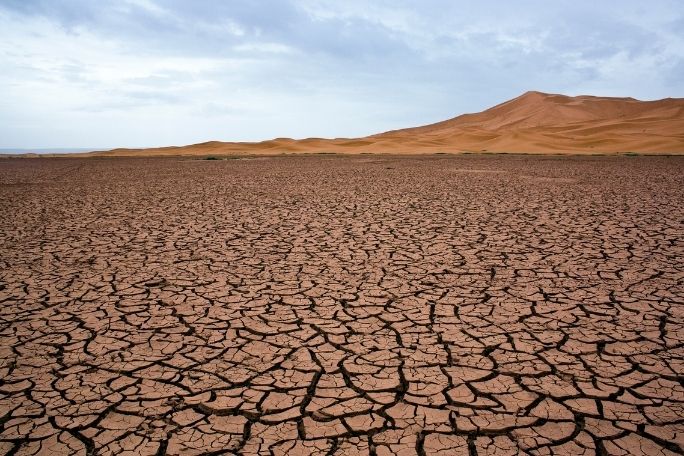Lesson summary
Students investigate how floods and droughts affect both the natural environment and farming. Students begin by identifying key features of floods and droughts, and then write a short story about how a native plant or animal experiences floods and droughts. This lesson meets selected Australian Curriculum outcomes for Years 3 and 4 in the subjects of English, Science and Geography.
This lesson has been created in partnership with WWF-Australia. Earth Hour is the world’s largest community-driven climate change campaign. At the centre of Earth Hour is switching off lights to show a commitment to taking action. Thousands of teachers use Earth Hour’s education program to enrich their curriculum and provide pathways for young people to create change in their world.
Learning intentions:
Students will...
- be able to identify floods and droughts
- recognise how floods and droughts affect our environment and the people living in these places
- use their creative writing skills to write a short story.
Lesson guides and printables
Curriculum links
Select your curriculum from the options below.
Lesson details
Curriculum mapping
Australian Curriculum content descriptions:
Year 3 English:
- Create imaginative texts based on characters, settings and events from students’ own and other cultures using visual features, for example perspective, distance and angle (ACELT1601)
- Create texts that adapt language features and patterns encountered in literary texts, for example characterisation, rhyme, rhythm, mood, music, sound effects and dialogue (ACELT1791)
Year 3 Geography:
- The main climate types of the world and the similarities and differences between the climates of different places (ACHASSK068)
Year 4 English:
- Create literary texts that explore students’ own experiences and imagining (ACELT1607)
- Create literary texts by developing storylines, characters and settings (ACELT1794)
Year 4 Science:
- Living things, including plants and animals, depend on each other and the environment to survive (ACSSU073)
- Earth’s surface changes over time as a result of natural processes and human activity (ACSSU075)
General capabilities: Information and Communication Technology (ICT) capability, Critical and creative thinking, Personal and social capability, Ethical understanding.
Cross-curriculum priority: Sustainability – OI.6.
Syllabus Outcomes: EN2-10C, EN2-2A, GE2-1, ST2-10LW, ST2-8ES.
Time needed: 60 minutes.
Resources required
- Internet access
- students worksheet
Additional info
This activity has been created in partnership with WWF-Australia. Earth Hour is the world’s largest community-driven climate change campaign. At the centre of Earth Hour is switching off lights to show a commitment to taking action. Thousands of teachers use Earth Hour’s education program to enrich their curriculum and provide pathways for young people to create change in their world.
For the most up to date Earth Hour dates, times, and events, check here.


Welcome back!
Don't have an account yet?
Log in with:
Create your free Cool.org account.
Many of our resources are free, with an option to upgrade to Cool+ for premium content.
Already have an account?
Sign up with:
By signing up you accept Cool.org's Terms and Conditions(Opens in new tab) and Privacy Policy(Opens in new tab).